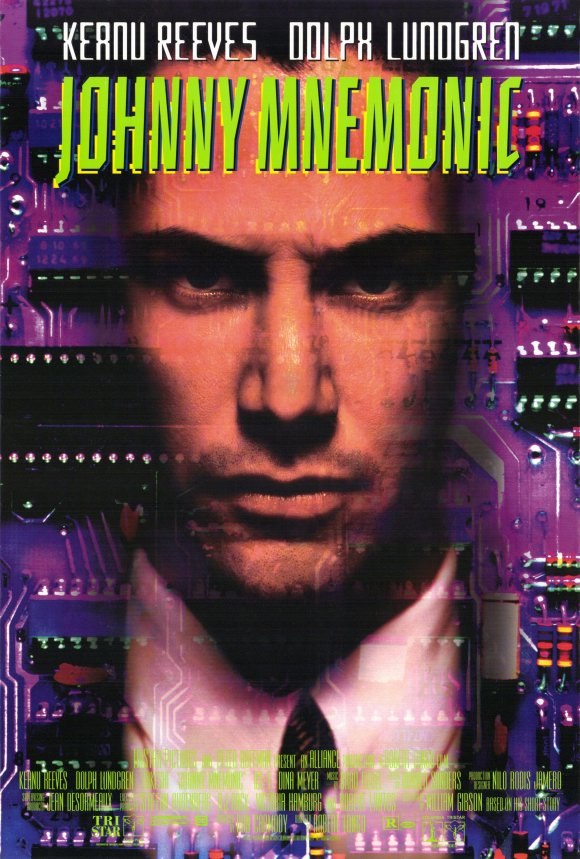T23D: Not Your Typical Film Score Experience
T23D Cue 1:
T23D Cue 2:
T23D Cue 3:
It was interesting working on this short film for the Universal Studios experience. Using recognizable motifs in these new compositions as well as introducing some original material to represent the different aspects of this film that go beyond what we’d seen in T2 was a fun creative process. Also, the sound system in the theater that was built for the experience had 24 individual channels of sound dispersed throughout the room, so there was the capability to move sounds all around including above the audience. At the time there was no recording studio that had the capability to mix the music for this type of system. I had to fly out to the actual theatre in Orlando to mix the film. While we were mixing the music and sound(in the middle of the night), they were still ironing out some kinks in the live aspect of the show. Occasionally we had to quickly dive for the plastic covers to protect the very intricate board and wiring as they mistakenly triggered the fog that would fill the room. They also had some challenges with the huge screen that had to go up and down very quickly as the real-life motorcycle appeared to come through it. A little timing glitch almost caused serious injury to the rider. This was definitely not your every day film scoring experience!









